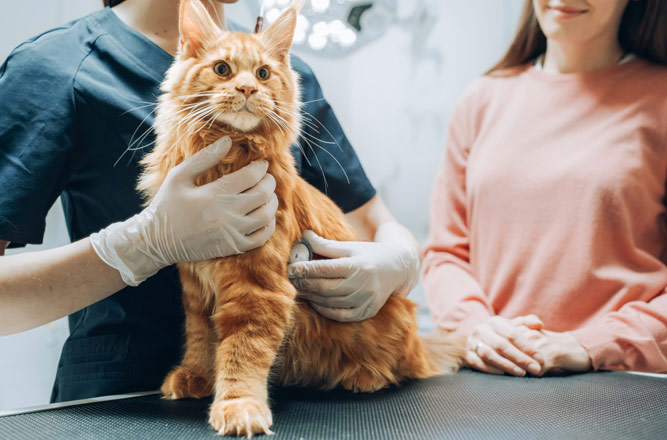The Peak Approach: Expenses Paid Personally for a Start-up/Acquisition

Opening a veterinary practice is a very exciting time for new owners. While galvanizing, the process requires veterinarians to incur copious amounts of expenses before opening the practice doors. This means that you could be personally liable for these expenditures if business bank accounts or loans are not already secured. Thankfully, practice owners can deduct most start-up costs incurred from business income and lower their tax liability during year one.
Startup costs are amounts paid or incurred for creating an active trade or business or investigating the creation or acquisition of an active trade or business. The most common start-up and acquisition costs amongst veterinary practices includes:
- Loan Origination Fees
- Real Estate Acquisition Fees
- Closing Costs related to acquiring a preexisting practice.
- Professional Service Fees (i.e. Legal and Accounting)
- Market Research Costs
The IRS classifies business startup and acquisition costs as capital expenditures which are amortized over 15 years. However, business owners can elect to immediately deduct $5,000 of startup costs during year one. The $5,000 deduction is limited by the amount of total costs exceeding $50,000. If you incur $52,000 of startup expenses, you are limited to an immediate deduction of only $3,000. The $5,000 deduction is in addition to the amortization expenses related the remaining value of the costs incurred during the startup and acquisition phase of the business cycle.
The process of opening a new veterinary practice can be costly, however there are opportunities for practice owners to utilize a tax deduction only available during the first year of business. Our advice is to track all the expenses incurred during the start-up phase to optimize your deductions. Please reach out if you would like to learn more about this and other valuable tax deductions available to practice owners during year one.
Written by Matt Santoro



